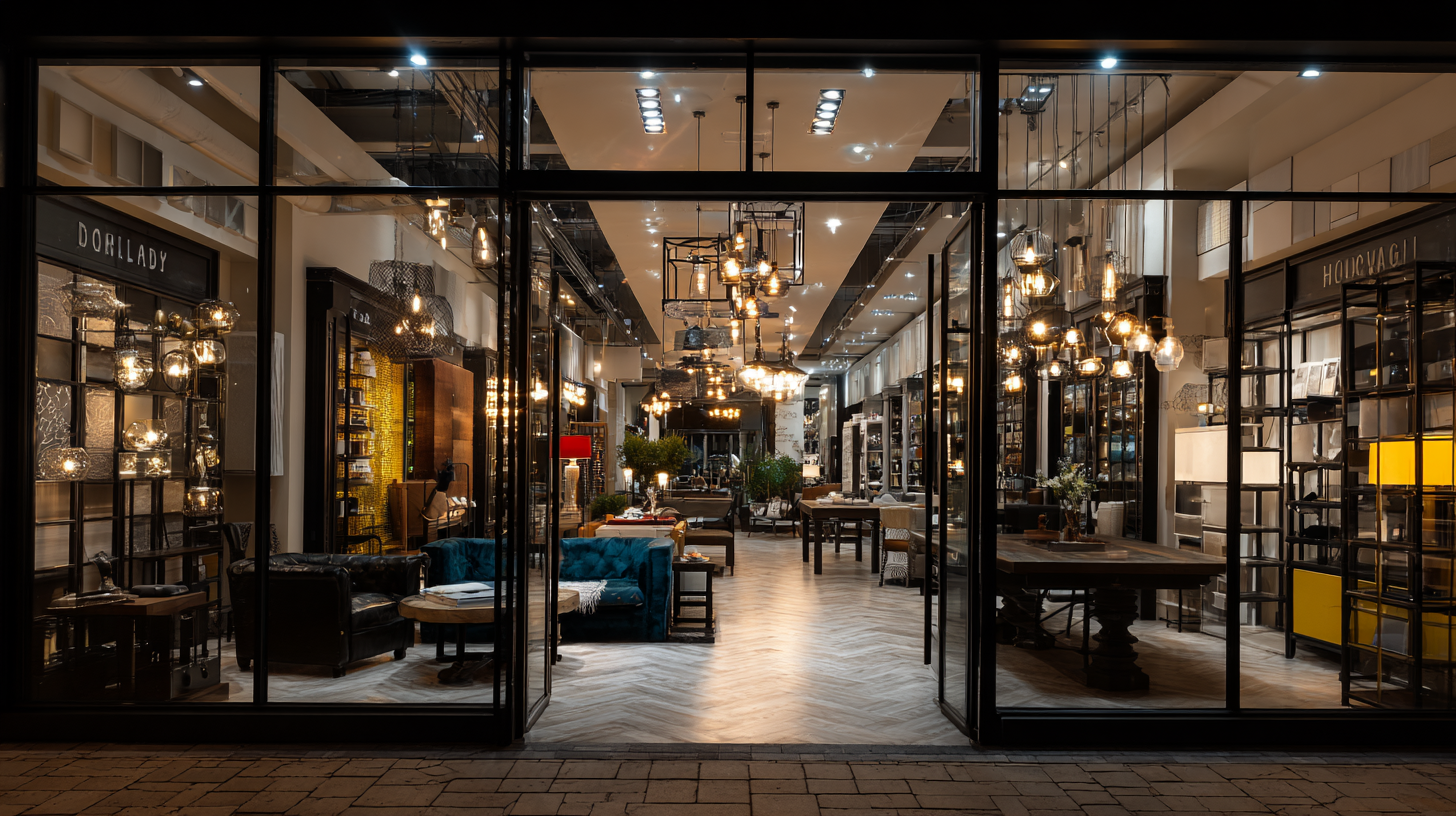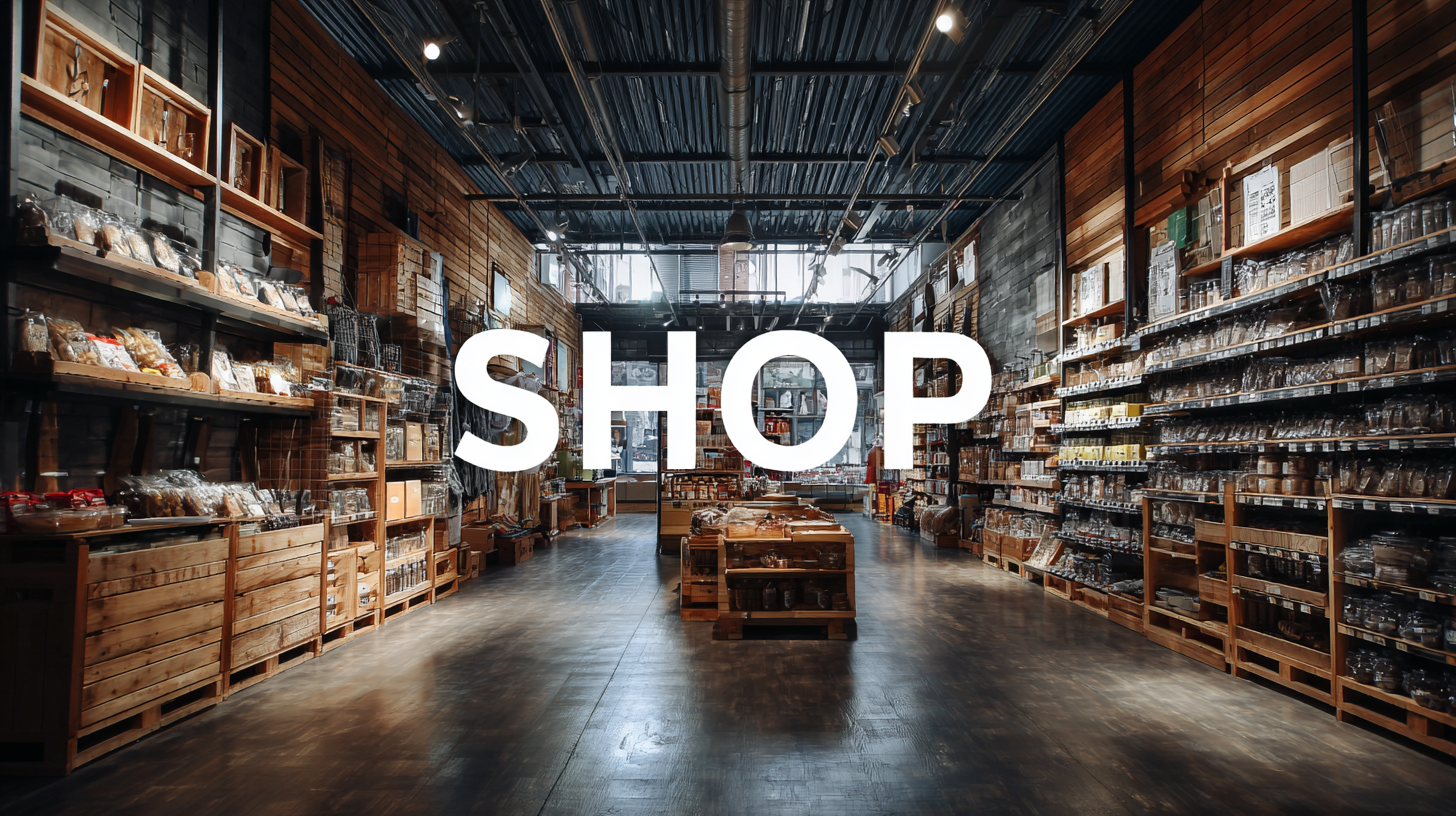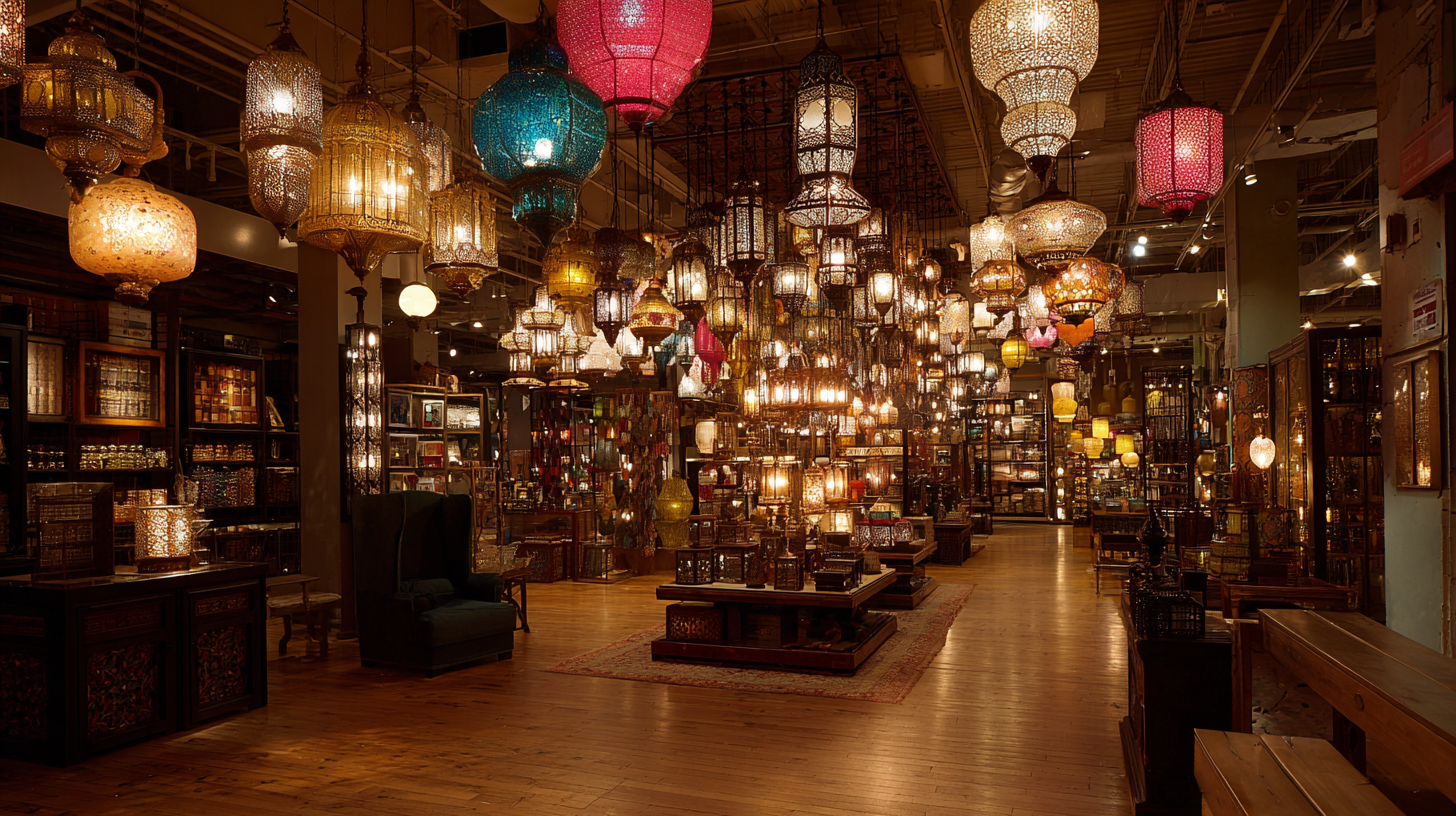What are the Key Features of the Best Shop Lighting for Global Retailers?
In the ever-evolving world of retail, effective shop lighting plays a pivotal role in enhancing the shopping experience and driving sales. As global retailers strive to create inviting and visually appealing environments, understanding the key features of the best shop lighting becomes essential. This comparison aims to delve into the various types of shop lighting available, examining their functionalities, aesthetics, and energy efficiency.

From ambient lighting that sets the overall mood to accent lighting that highlights specific products, each lighting solution has distinct benefits that cater to different retail needs. By exploring these features, retailers can better equip their stores to attract customers, improve product visibility, and ultimately boost profitability.
Join us as we compare the top shop lighting options and discover what makes them stand out in the competitive retail landscape.
Key Trends in Retail Lighting Technology for 2025
As we move towards 2025, the retail lighting landscape is evolving rapidly, driven by advancements in technology and changes in consumer behavior. Key trends include the integration of smart lighting solutions that enhance the shopping experience while also optimizing energy efficiency. Retailers are increasingly adopting intelligent lighting systems that can adjust brightness and color temperature based on the time of day or customer traffic patterns, creating a more inviting atmosphere that fosters engagement and sales.
Moreover, sustainability is becoming a cornerstone of retail lighting design. As global awareness of environmental issues grows, retailers are prioritizing LED fixtures and energy-efficient solutions that not only reduce carbon footprints but also lower operational costs. This shift towards greener practices is transforming how stores illuminate their spaces, with an emphasis on long-lasting materials and innovative designs that reflect brand values. Retailers that embrace these trends are setting themselves apart in a competitive market, unlocking new opportunities for growth and customer loyalty in the years to come.

Essential Characteristics of Effective Retail Lighting Solutions
Effective retail lighting solutions play a vital role in enhancing the shopping experience and driving sales. According to a report by the American Lighting Association, over 30% of consumers cite lighting as a fundamental factor influencing their purchasing decisions. This underscores the importance of tailored lighting designs that can highlight merchandise and create an inviting atmosphere. Global retailers must consider essential characteristics such as color consistency, adaptability, and energy efficiency when implementing lighting solutions.

Color temperature significantly impacts customer perception; for instance, a study by the International Council of Shopping Centers (ICSC) found that warm white light (3000K-3500K) is preferred in clothing stores to create a welcoming environment, encouraging shoppers to linger longer. Moreover, adaptive lighting systems that adjust intensity based on the time of day or seasonal changes can enhance visual merchandising.
Energy-efficient LED lighting not only reduces operational costs but can also improve a retailer's sustainability profile, as reported by the U.S. Department of Energy, which indicates that LEDs use at least 75% less energy, contributing to significant cost savings over time. By integrating these features, retailers can craft environments that attract and retain customers effectively.
How Smart Lighting Enhances Customer Experience in Stores
In the ever-evolving landscape of global retail, smart lighting has emerged as a pivotal element in enhancing customer experience. According to a recent report by the Retail Industry Leaders Association, well-designed lighting can increase sales by up to 20%, as it significantly influences shoppers' mood and behavior. By utilizing smart lighting systems that adjust to varying store conditions and customer flows, retailers can create an inviting atmosphere that encourages prolonged visits and higher spending.
Tips: Make sure to integrate adjustable LED fixtures that can optimize brightness based on the time of day or season. Additionally, consider implementing color temperature adjustments that align with the brand's identity, as studies show that warmer light can make spaces feel more welcoming, while cooler light promotes a vibrant, energetic vibe.
Furthermore, smart lighting systems equipped with sensors can track foot traffic and adjust lighting intensity accordingly. An illuminating study from the International Council of Shopping Centers found that 72% of shoppers reported feeling happier in stores with dynamic lighting that responds to their movement. Retailers should also explore automated systems that highlight promotions or seasonal displays, enhancing visibility and driving impulse purchases.
What are the Key Features of the Best Shop Lighting for Global Retailers? - How Smart Lighting Enhances Customer Experience in Stores
| Feature | Description | Benefits |
|---|---|---|
| Adjustable Brightness | Allows retailers to modify light levels based on time of day or sales events. | Enhances product visibility and creates appropriate ambiance. |
| Color Temperature Control | Enables selection of warm or cool lighting to match brand aesthetics. | Influences customer mood and shopping experience. |
| Smart Sensor Integration | Incorporates sensors to adjust lighting based on foot traffic. | Optimizes energy use and creates a welcoming environment. |
| Dynamic Lighting Schemes | Utilizes programmable lighting patterns for different occasions. | Enhances visual interest and draws attention to promotions. |
| Energy Efficiency | Employs LED technology for lower energy consumption. | Reduces costs and supports sustainability initiatives. |
Sustainability in Shop Lighting: Innovations for a Greener Future
Sustainability in shop lighting has become a pivotal topic for global retailers looking to enhance their environmental responsibility. Innovations in LED technology are at the forefront, providing energy-efficient solutions that significantly reduce both electricity consumption and greenhouse gas emissions. These lights not only consume up to 75% less energy than traditional lighting but also boast a longer lifespan, minimizing waste and the frequency of replacements needed. This shift not only lowers operational costs for retailers but also aligns with growing consumer demand for eco-friendly practices.
Moreover, smart lighting systems are emerging as a game-changer in sustainable retail environments. These systems utilize sensors and automation to adjust lighting based on occupancy and natural light levels, further optimizing energy use. For instance, dimming lights during peak daylight hours or when stores are empty can substantially decrease energy usage. Retailers adopting these innovative lighting solutions are not only able to create a more inviting shopping atmosphere but also significantly reduce their carbon footprint, setting a precedent for a greener retail future. Embracing these technologies reflects a commitment to sustainability that resonates well with today's environmentally conscious consumers.
The Impact of Color Temperature on Retail Atmosphere and Sales
The impact of color temperature on retail atmosphere and sales cannot be understated. In a retail environment, the right lighting can transform an ordinary shopping experience into a memorable one. Warm color temperatures, typically ranging from 2700K to 3000K, create an inviting and cozy atmosphere, making customers feel more at ease. This warmth encourages longer store visits, ultimately increasing the likelihood of impulse purchases. Retailers often leverage this lighting to highlight specific items, creating emotional connections with their products.
Conversely, cooler color temperatures, around 4000K to 5000K, are often used in high-end and modern retail spaces to convey a sense of sophistication and cleanliness. This type of lighting can enhance the appearance of products, making them look more appealing, particularly in fashion and technology sectors. Retailers must carefully consider their target audience and brand identity when choosing a color temperature, as it can significantly influence customer perception and buying behavior. Adapting lighting schemes to align with seasonal promotions or specific items can also enhance the overall shopping experience, driving sales and fostering brand loyalty.
